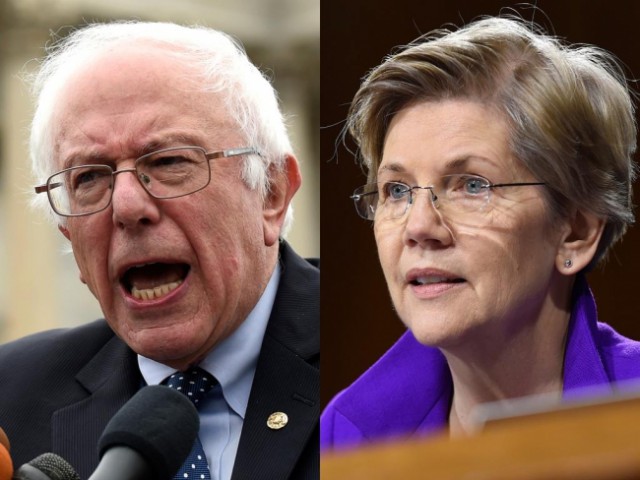
Sens. Sanders and Warren
Democratic presidential hopeful Sen. Bernie Sanders (Ind.-Vt.) has expressed serious doubts about the claimed consumer benefits of a multi-billion dollar cable company merger between Charter Communications, Time Warner Cable, and Bright House Networks.
In a joint letter with Sens. Al Franken (D-Minn.), Ed Markey (D-Mass.), Elizabeth Warren (D-Mass.), and Ron Wyden (D-Ore.), Sanders told FCC Chairman Tom Wheeler and Attorney General Loretta Lynch the deal would create a “nationwide broadband duopoly, with New Charter and Comcast largely in control of the essential wires that connect most Americans to how we commonly communicate and conduct commerce in the 21st century.”
The senators explained that “broadband service is not a luxury; it is an economic and social necessity for consumers and businesses.”
The five Democrats believe the merger could have negative effects on consumer choice, competition, and innovation in broadband and online video. With Comcast and New Charter controlling at least two-thirds of the high-speed broadband lines in the country, Sanders and his colleagues are concerned this will allow Comcast and New Charter to raise rates while reducing broadband innovation, allowing the United States to fall even further behind other industrialized nations with superior broadband.
The senators asked the Department of Justice and the FCC to carefully evaluate how the proposed deal could impact the marketplace.
“New Charter must not only prove that this deal would not harm consumers, but they must also demonstrate that it would actually benefit them and promote the public interest,” the senators argued.
This week, New Jersey regulators approved the merger transaction in that state, leaving California as the last major challenge for Charter executives. Federal regulators are not expected to rule on the deal until the spring or summer.


 Subscribe
Subscribe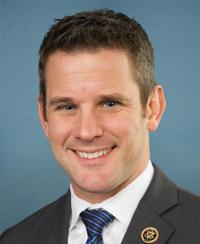
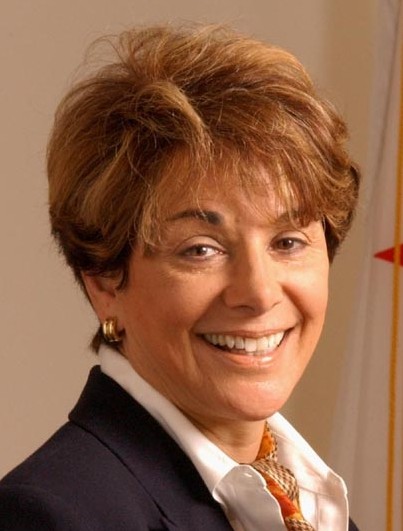
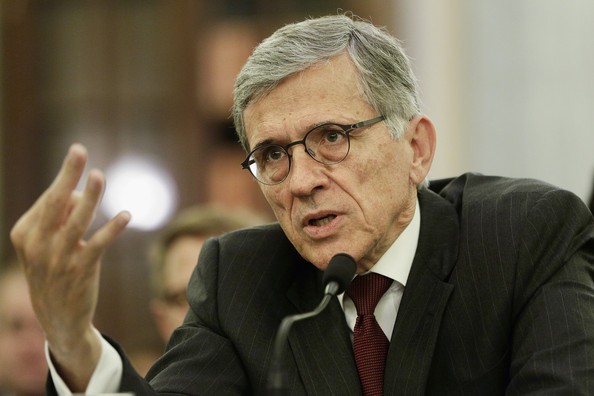
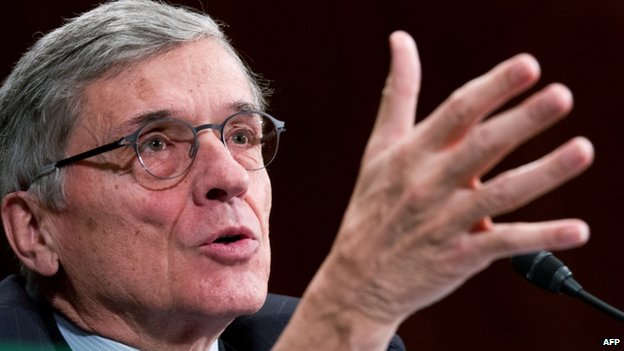
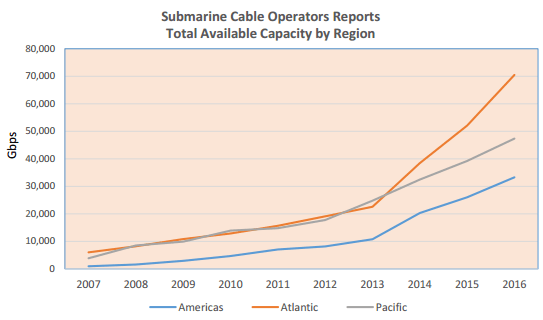 Overall submarine cable capacity, which supports a substantial amount of international Internet traffic, has grown around 36% per year for 2007-2014 and is expected to grow around 29% for 2014-2016. But traffic planners are confident the traffic growth will be easily accommodated over existing submarine cable circuits.
Overall submarine cable capacity, which supports a substantial amount of international Internet traffic, has grown around 36% per year for 2007-2014 and is expected to grow around 29% for 2014-2016. But traffic planners are confident the traffic growth will be easily accommodated over existing submarine cable circuits.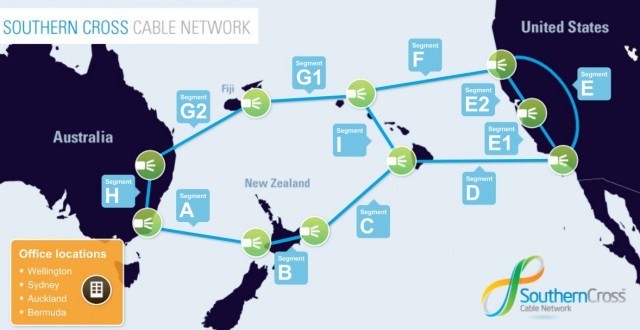
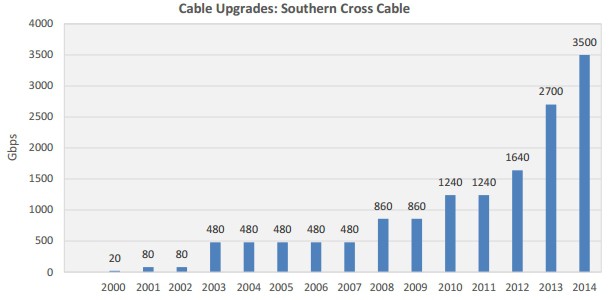 Southern Cross engineers are now deploying circuits capable of 40 and 100Gbps technology, bringing Southern Cross cable’s total available capacity to more than 12Tbps (12,000Gbps). Every upgrade was conducted at the cable station with zero new fiber pairs laid in the water. Other undersea cable operators are initiating similar upgrades, providing exponentially greater capacity at a minimal cost.
Southern Cross engineers are now deploying circuits capable of 40 and 100Gbps technology, bringing Southern Cross cable’s total available capacity to more than 12Tbps (12,000Gbps). Every upgrade was conducted at the cable station with zero new fiber pairs laid in the water. Other undersea cable operators are initiating similar upgrades, providing exponentially greater capacity at a minimal cost.